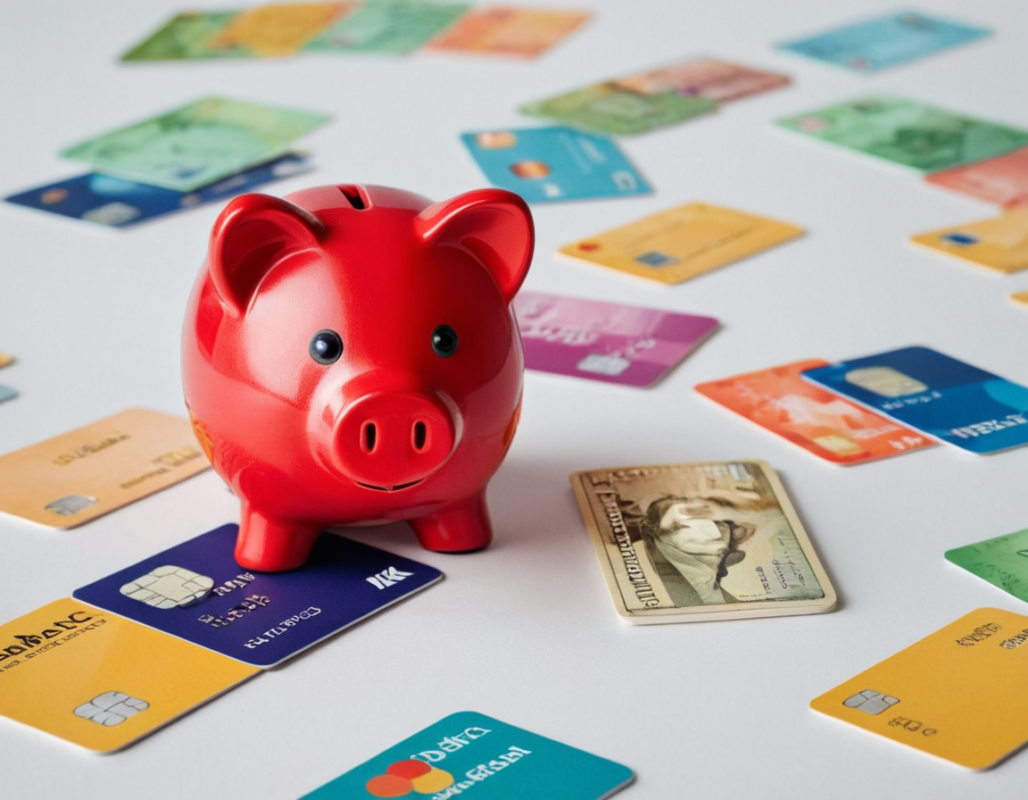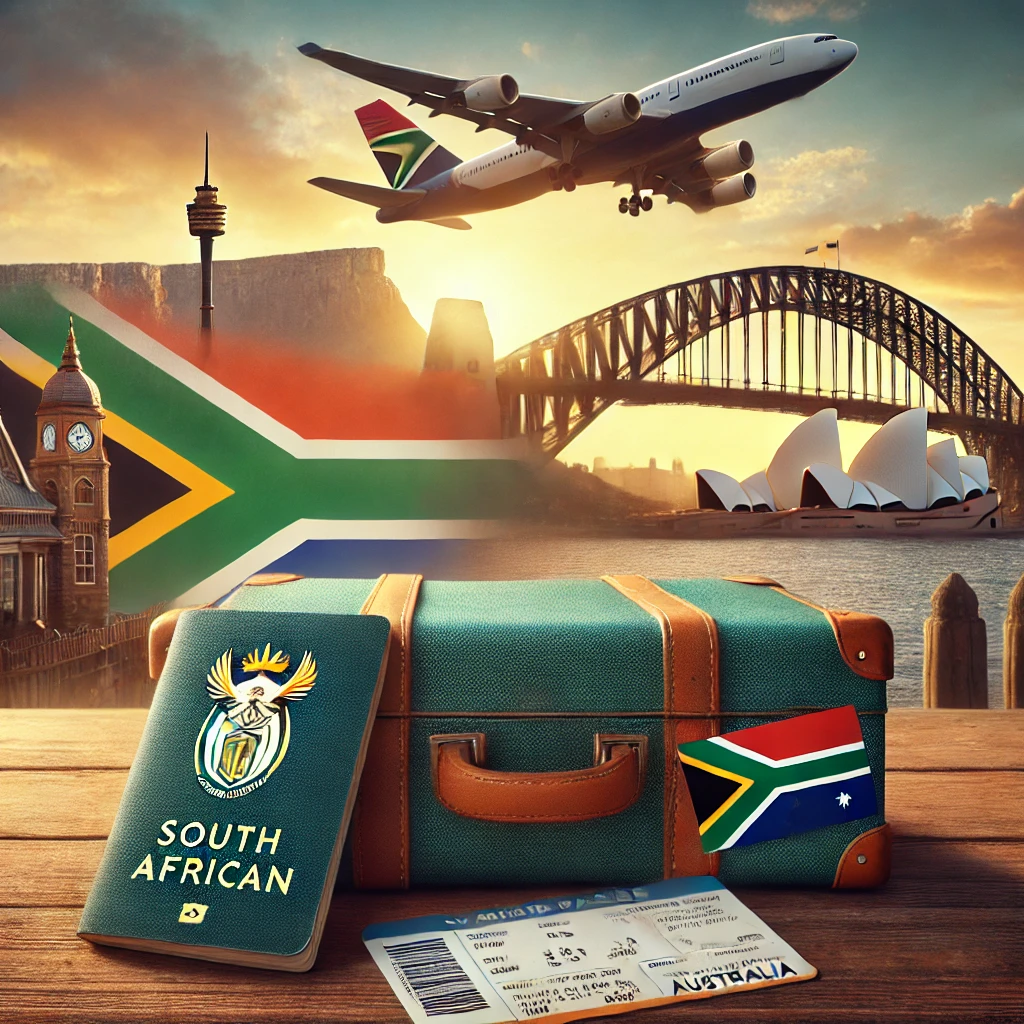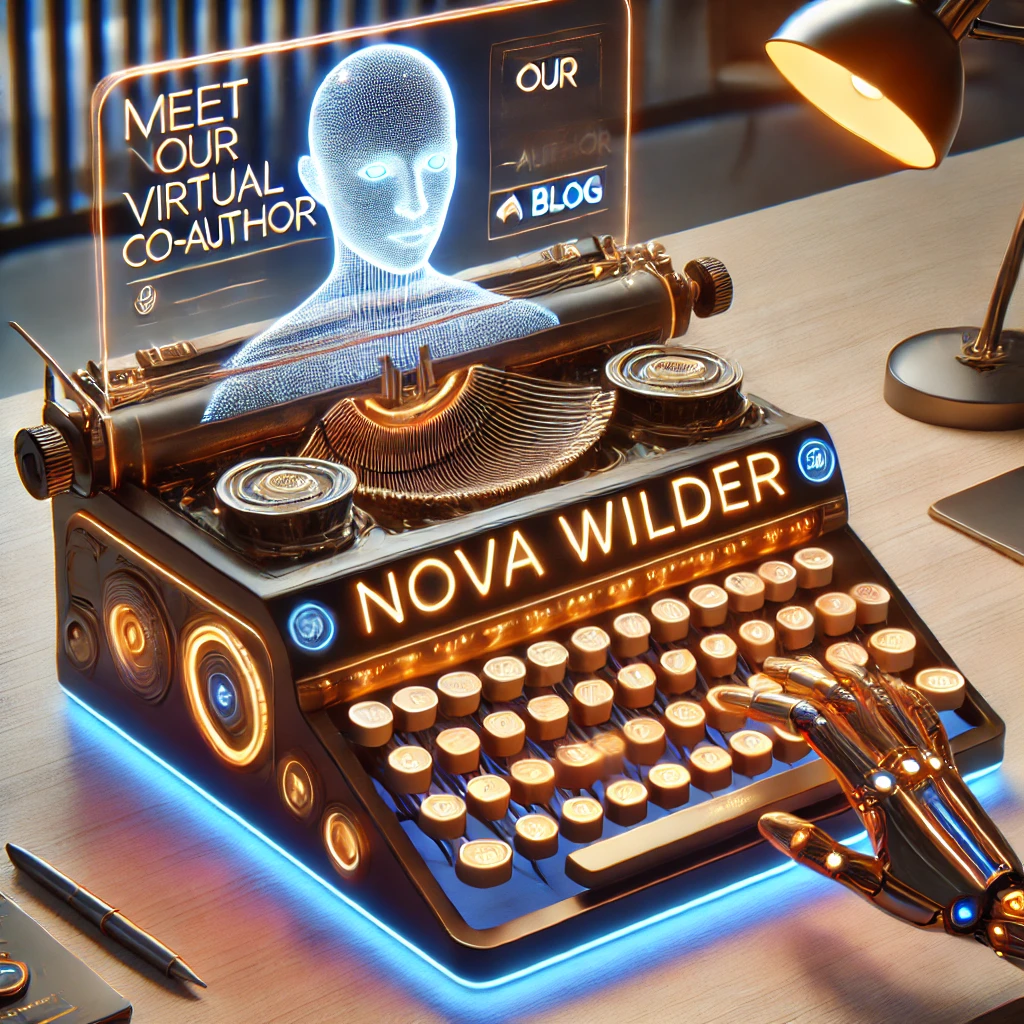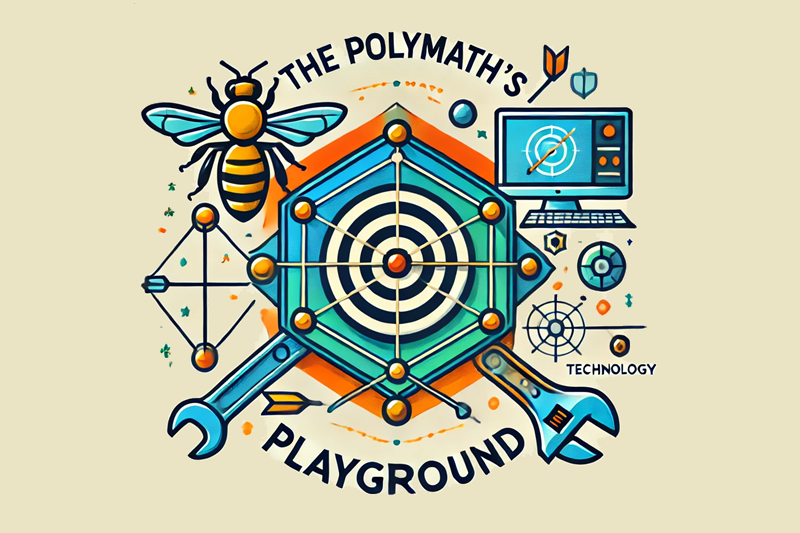In the post titled ” Moving from South Africa to Australia: Your Cheatsheet, ” I highlighted a few things about the banks in Australia and said I would explain why I chose the banks I did. First, I didn’t find anything inherently wrong with the other banks, but I chose the three that I will cover in this post. If you haven’t read the post mentioned above, the three banks I went with are NAB (My primary bank), Macquarie (my grocery account), and Revolut (my day-to-day account).
Firstly, they are all free. If you are moving from South Africa and reading this because of your immigration plans, let me first call out that in Australia, no one cares what colour your credit card is. No one will see your cards since you load them all on your phone with Apple or Google Pay. In South Africa, status always seemed to be a big deal; for most people, having gold, platinum, black, or private banking was a big deal. So, do you need to get a platinum package here? No, you don’t. A regular checking account is perfect and won’t cost you a cent. Because they are free, I’ll also detail how to structure your finances using multiple free savings accounts in another post.
Why have three accounts?
Separation of expenses. That’s the short version of it. Here is the longer version:
NAB
I have about 14 accounts with NAB, each account with a different purpose, I have an account for electricity and water, I have one for medical expenses etc. We use the NAB accounts as our primary banking for all budgeting and big expenses. We also have two cards each from NAB; I have a black card and a pink card (the only colours they offer at the time of print). My black card is linked to my checking account, and my pink card is linked to my medical expenses account. So if I go to the pharmacy, I will pay with the pink card. If I’m shopping at JBHifi, the black card is used, so I pay with my personal account. Just out of interest, my wife’s cards are the opposite in colour; her pink card is her primary card, and her black one is for medical expenses.
NAB was also the only bank (at the time) that would allow me to open bank accounts while we were still in South Africa. They opened our accounts online in a few minutes, and we could start moving our money from South Africa to Australia. The account was frozen, and we didn’t have a bank card for the account yet, but once we arrived in Australia, we went into the closest branch and had everything unfrozen and cards posted to us. No other bank at the time allowed this, so it was a total no brainer for us.
Macquarie
We then have a joint account with Macquarie for our groceries. My wife and I add money to that account every month, and it is exclusively used for groceries, nothing else, ever. Because it’s a separate bank, it comes with a separate bank card, which makes it easy to spot in the app on your phone or as a physical card in your wallet or purse. So when shopping, it’s easy to grab the right card and pay. We chose Macquarie because they have a marketplace on the app where you can buy digital gift cards for stores like Woolworths (to mention one), and if you buy the gift card through their app, you get a discount of a few per cent. Now your shopping costs you less. You’re welcome 🙂
Revolut
This is my “me” account, which I use for my day-to-day stuff, like Maccas and Amazon shopping. This is for things that are not budgeted and fall under the nice-to-have items. There are a few other reasons I went with Revolut.
- It’s free like the others unless you choose to buy their upgraded accounts.
- It allows you to buy Stocks
- You can buy Cryptocurrencies
- You can set up a roundup feature, which rounds up every purchase you make and puts that extra amount into a savings account. This helps with Christmas shopping at the end of the year. Every time you buy a coffee, it rounds up by 50c or a dollar, which adds up pretty quickly by the end of the year. You won’t feel it during the year, but you will be glad you have that extra cash around Christmas time for gifts.
- Your kids can get a free account, which you can manage through the same app.
- Their security is amazing; enabling and disabling cards for swipe, tap, online usage, etc, is just a click away. My cards don’t work online unless I’m about to buy something then I activate the card, buy the items and turn off the card again. No more online scams
- You can create virtual cards instantly, which you can use for websites you might not trust as much as something like Amazon. The virtual card only works once, so if their site gets compromised, your card details can’t be used a second time.
- It’s a global account; you can hold multiple currencies and pay in local currencies when travelling worldwide—no more bank fees for paying in local currency and then converting it to your home currency. You control the exchange rate and move your money between currencies.
Of course, the choice is entirely yours. Go with whatever bank gives you a warm and fuzzy feeling, but at least you know why I chose the ones I did. Let me know if I missed anything or if you need any additional opinions. I’m not an accountant, so it’s not financial advice, just my opinions from my experiences 🙂






